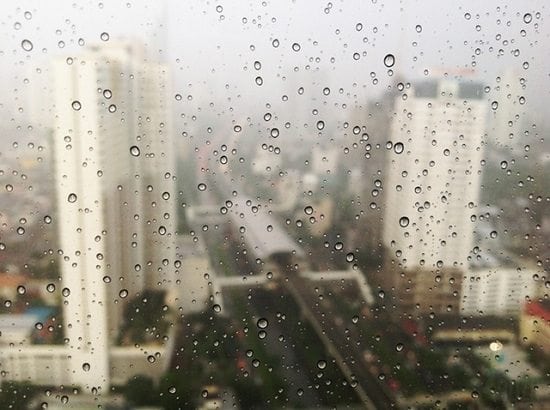We all know the signs of a humid house: condensation on windows, clammy or heavy air, and a damp smell throughout the home. In the winter, we may have the opposite problem, with cold spots and dry skin. If humidity goes unchecked, you can impact your comfort, damage your home, and even cost you money on your energy bills.
One of the ways this common problem can affect you is by making it difficult to heat or cool your living space. If the humidity is too high or low, your furnace, air conditioner, or heat pump won’t be able to compensate for the moisture (or lack thereof) in the air. This results in uneven temperatures and an ineffective HVAC system. Here are a few common humidity problems and how you can solve them.
What Causes High Humidity?
Your home may be too humid for a number of reasons. Leaving the windows open on humid days, hot showers, cooking, and poor air circulation are some of the most common causes.
Unfortunately, this causes more problems than just a few foggy windows. Humidity makes your rooms feel warmer, which in turn makes it harder for your air conditioner to reach your desired temperature. Your AC will run longer, and your home will still feel too warm.
How Can You Reduce Humidity?
There are a variety of causes for humidity in the home, with some solutions simpler than others. Here are some of the most common causes of high humidity, and how you can reduce their effect.
Cooking, Bathing, & Clothes Drying:
- Use an exhaust fan that vents outdoors.
- Cover pots and pans while cooking.
- Take cooler, shorter showers.
- Vent dryer outdoors.
Houseplants
- Place plants outside.
- Reduce the number of plants in each room.
Poor Air Circulation
- Use ceiling or oscillating fans.
- Set your HVAC fan to “run.”
- Leave bedroom doors open.
The best way to reduce humidity in the home is by installing a dehumidifier in your home or on your HVAC system. This handy appliance will remove moisture from the air as it passes through your system, delivering cool and comfortable air to each room of the home. With a dehumidifier installed directly on your air conditioner, you can adjust the temperature and humidity right from your thermostat.
What Causes Low Humidity?
During the winter, the humidity outside drops significantly. The same happens within your home, which can make your room feel much colder than the reading on your thermostat. This can cause a variety of other problems, including dry skin, chapped lips, and other negative health impacts.
This also impacts your energy bills. Your furnace will have to run longer to keep your rooms warm, but you’ll still have cold spots and drafts due to low humidity.
How Can You Increase Humidity?
The solutions for adding humidity to a home aren’t as elegant as simply using an exhaust fan or taking shorter showers. You can boil water on the stove, leave pots of water in each room, or hang dry your clothes.
These solutions are messy and time consuming, so the best option for adding humidity is the addition of a humidifier. These devices range in size, with portable options as well as those that are built into the HVAC system. This can keep your furnace running optimally and your home comfortable all winter long.
If you’re experiencing problems with high or low humidity, the simplest and most effective solution is the installation of a dehumidifier or humidifier. Your home will be more comfortable, and your HVAC system won’t have to run as long to reach the right temperature. You’ll give your body and your energy bill a break with these useful appliances.






